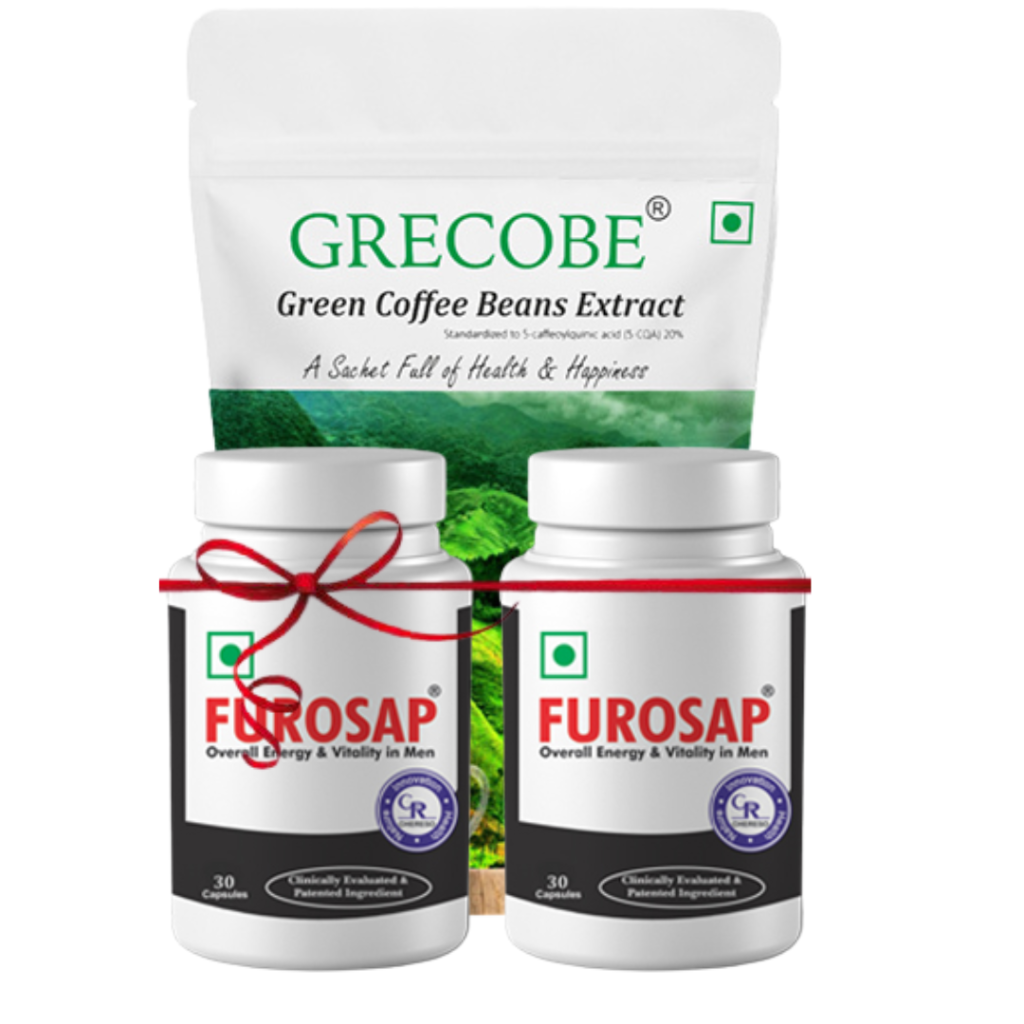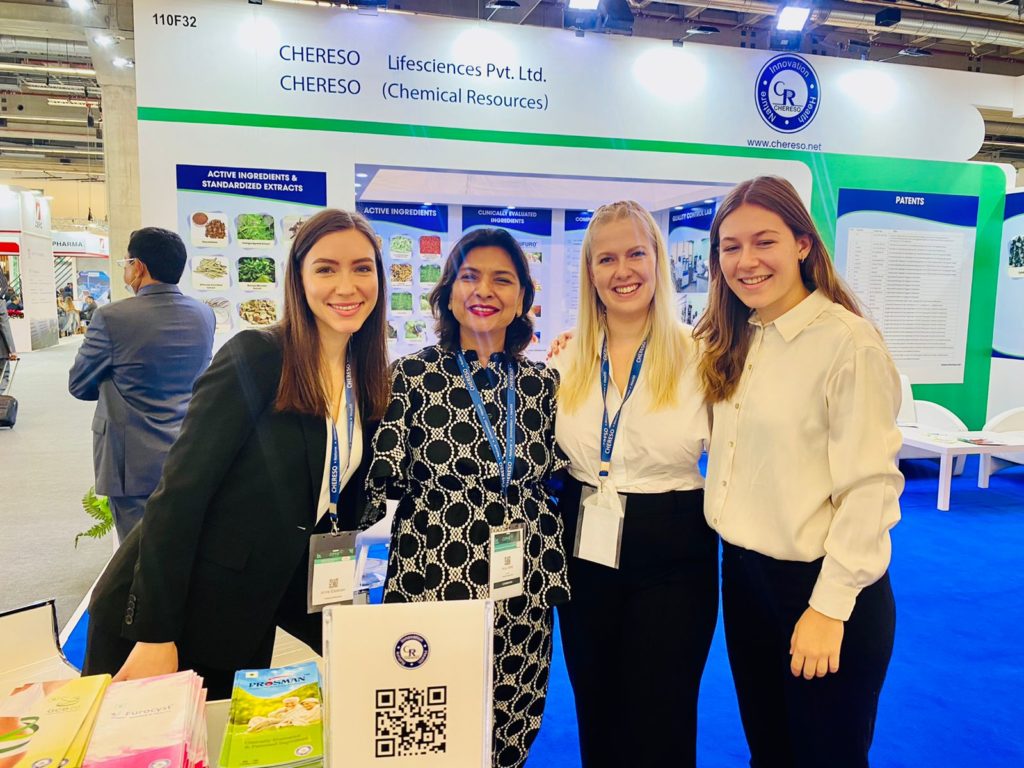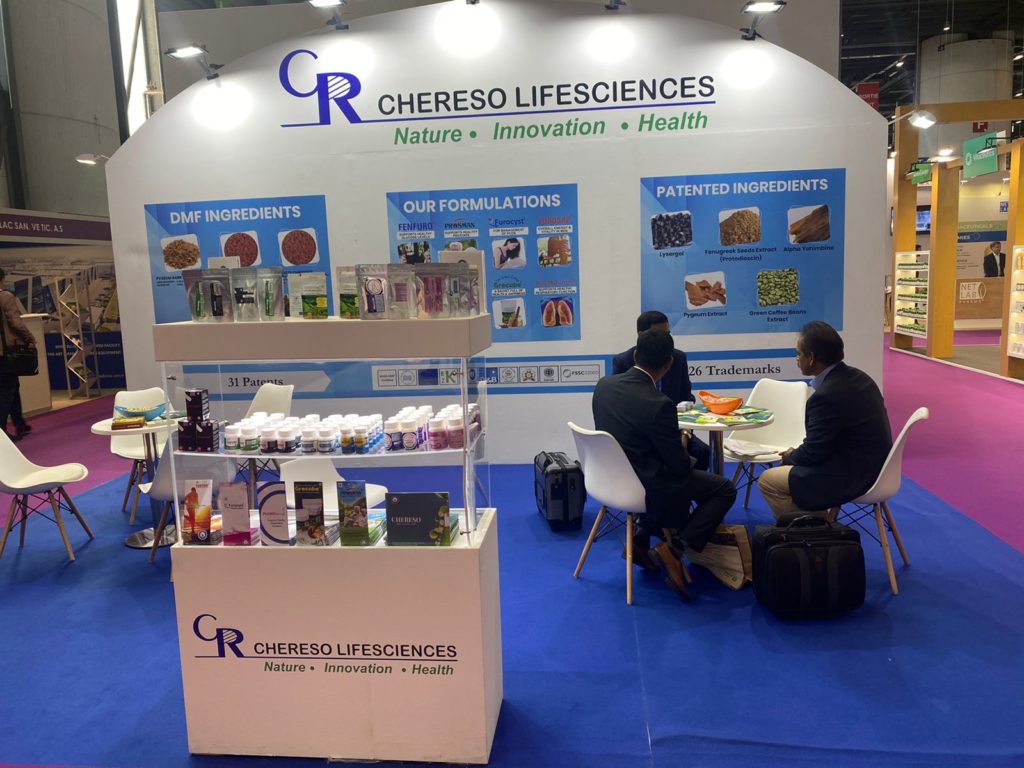OXIDATIVE STRESS
Oxidative stress is the disproportion between production of free radicals in the body and ability of the body to detoxify these free radicals with the help of antioxidants present in the body.
Normal molecules in the body have two(paired) electrons in their outer shell. A molecule with a single electron, i.e unpaired, in its outer shell is called a free radical. Thus, free radicals are highlyresponsive molecules, which are produced inside the body by various biochemical reactions. These free radicals are essential to carry out many biological processes such as intracellular killing of bacteria by the phagocytic cells.But when these free radicals start to accumulate inside the body instead of using them up, then they start harming the body cells by targeting lipids, proteins as well as DNA of the cells. This state of harmful effects caused by free radicals is termed as oxidative stress.
(http://www.news-medical.net/health/What-is-Oxidative-Stress.aspx)

DISEASES ASSOCIATED WITH OXIDATIVE STRESS
Oxidative stress is responsible for many diseases inside body. Some of these include:
- Neurodegenerative diseases
- Parkinson’s disease
- Alzheimer’s disease
- Huntington’s disease
- Lou Gehrig’s disease
- Depression
- Multiple sclerosis
- Cardiovascular disease
- Hypoxia
- Chronic fatigue syndrome
- Age-related development of cancer
- Gastric cancer
ANTIOXIDANT
Antioxidants are the molecules that neutralize free radicals by giving them an extra electron.Our body produces antioxidants such as superoxide dismutase (SOD), catalase (CAT) and glutathione peroxidase (GSH) naturally.

These naturally available antioxidants are notsufficient to neutralize all of the free radicals inside the body. As people grow older, this natural production of superoxide dismutase (SOD) and catalase (CAT) cannot keep up with the increasing levels of free radicals. Thus, constant supply of antioxidants either from additional diet or in the form of a drug is necessary for human body.
(http://www.nutrex-hawaii.com/oxidative-stressfree-radicals)
SOURCES OF ANTIOXIDANTS
There are various sources of antioxidants such as Vitamin E, Vitamin C, beta carotene, selenium, phytonutrients, etc. These sources are divided into three categories of antioxidants to fight against oxidative stress. These are:
- Natural antioxidants: A human body has its own system of antioxidants which is activated when oxidative stress is originated inside the body. These include superoxide dismutase, catalase and glutathione peroxidase.
- Synthetic antioxidants:Another source of antioxidants is synthetic antioxidant which are manufactured by the industries. These antioxidants are in the form of medicines and are available in the market for consumption.
- Plant antioxidants: Like us, plants also have antioxidant systems. Various parts of the plants such as fruits, leaves, seeds etc contain bioactive components which can be used as antioxidants for human consumption. These forms of antioxidants are very effective with almost negligible side effects. They are either prepared in the form of extracts or can be consumed along with diet. These include flavonoids, catechins, carotenoids, beta carotene, terpenes, etc.
(http://www.news-medical.net/health/What-are-Antioxidants.aspx)
THERAPEUTIC APPLICATIONS OF ANTIOXIDANTS
- Antioxidants in cardiovascular disease: Free radicals produced from LDL are considered to be a major part of cardiovascular events. Antioxidants may inhibit atherosclerosis by targeting LDL associated free radicals and therefore, help to prevent the complications of cardiovascular diseases.
(http://www.sciencedirect.com/science/article/pii/S0140673603136379)
- Antioxidants in stroke treatment: Oxidative stress is a potential contributor to strokes. Excessive oxidative stress results in apoptosis, inflammation, DNA damage, lipid per-oxidation and protein denaturation – all of which contribute to and magnify signals leading to damage, followed by stroke. Antioxidants are considered to be a treatment strategy for stroke. They are reported to reduce cell damage caused by stroke by blocking the production of excessive free radicals in the body.
(http://www.webmd.com/stroke/news/20021001/antioxidant-reduces-stroke-damage)

- Antioxidants for cancer: There are common antioxidants which are involved in cancer treatment. These are lipoic acid, Vitamin C, beta carotene, Vitamin E, etc. These antioxidants increase the activity of immunity cells against cancer cells. These antioxidants also constrain the damage caused by free radicals to the DNA
(http://www.medicinabiomolecular.com.br/biblioteca/pdfs/Cancer/ca-2346.pdf)

- Antioxidants in brain health: Antioxidants are commonly used as treatment for different forms of brain injury. Superoxide dismutase mimetics such as sodium thiopental and propofol are used to treat reperfusion injury and traumatic brain injury.
(http://www.sciencedirect.com/science/article/pii/S1933721309002232)
 Antioxidants in neurodegenerative diseases: Neuronal proteins and structural components get altered due to oxidative stress in different neurological disorders leading to neuro-inflammation and loss of cognitive function. Antioxidants are very effective for neuroprotection. Antioxidants target calcium mediated neurotoxicity and prevent the commencement of neurodegenerative diseases. Antioxidants also prevent the oxidation of proteins, lipid peroxidation and prevent the formation of free radicals, therefore acting as a barrier to the oxidative stress.
Antioxidants in neurodegenerative diseases: Neuronal proteins and structural components get altered due to oxidative stress in different neurological disorders leading to neuro-inflammation and loss of cognitive function. Antioxidants are very effective for neuroprotection. Antioxidants target calcium mediated neurotoxicity and prevent the commencement of neurodegenerative diseases. Antioxidants also prevent the oxidation of proteins, lipid peroxidation and prevent the formation of free radicals, therefore acting as a barrier to the oxidative stress.
(Uttara B et al.: Oxidative stress and neurodegenerative diseases: A review of upstream and downstream antioxidant therapeutic options. Curr Neuropharmacol. 2009 Mar; 7(1): 65–74)
- Antioxidants in liver damage: Antioxidants are considered to have the beneficial effects in the management of liver diseases. Clinical study has showed that antioxidants alone or in combination with anti-HCV therapy have shown biochemical efficacy with a decline in serum ALT levels. Antioxidants have proven to be a treatment therapy for alcoholic cirrhosis, alcoholic hepatitis, non-alcoholic fatty liver disease and non-alcoholic steatohepatitis.
(http://www.ncbi.nlm.nih.gov/pmc/articles/PMC3228367/)

 “You can’t possibly avoid free radicals but you can make sure you have enough antioxidants to minimize the damage”
“You can’t possibly avoid free radicals but you can make sure you have enough antioxidants to minimize the damage”











